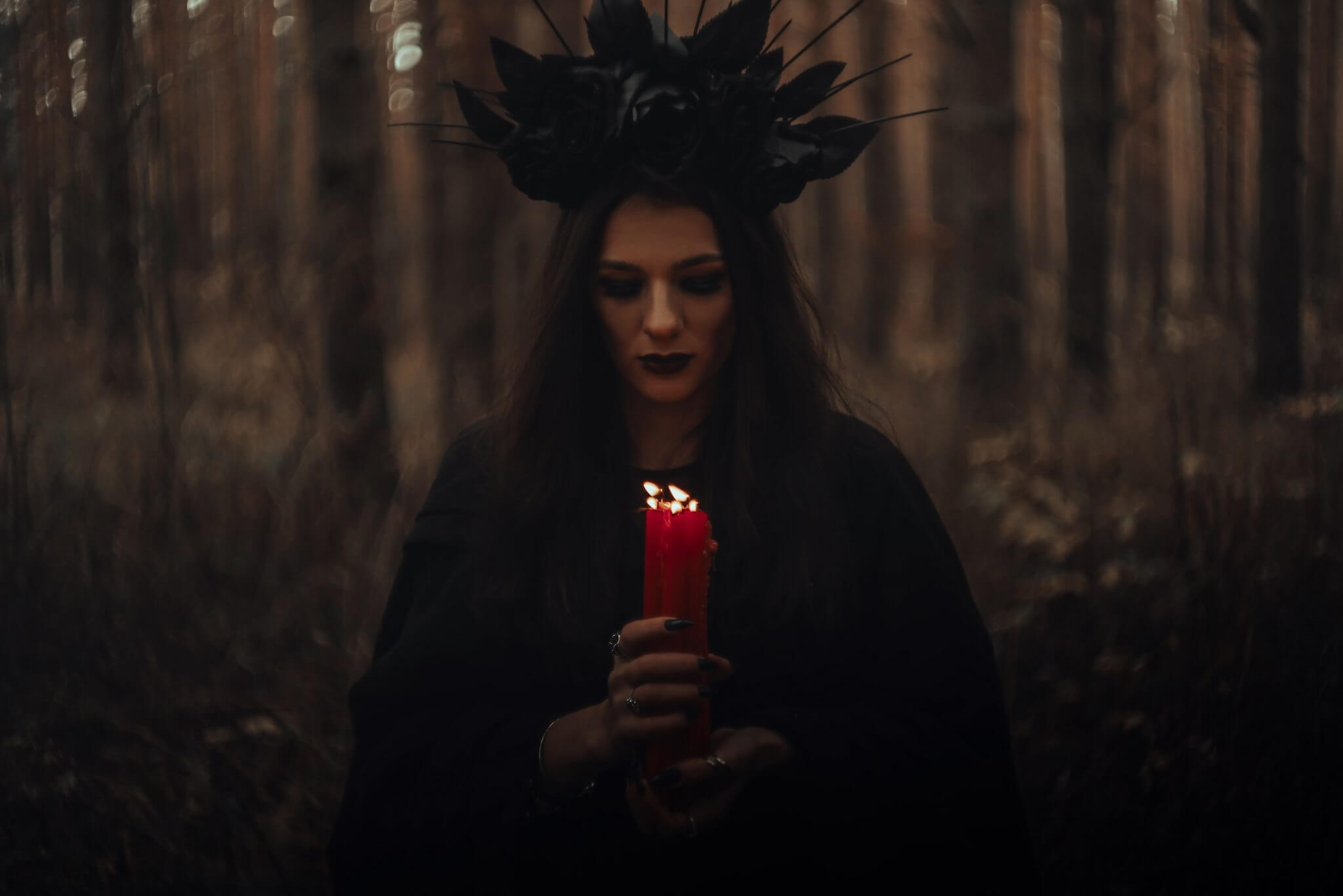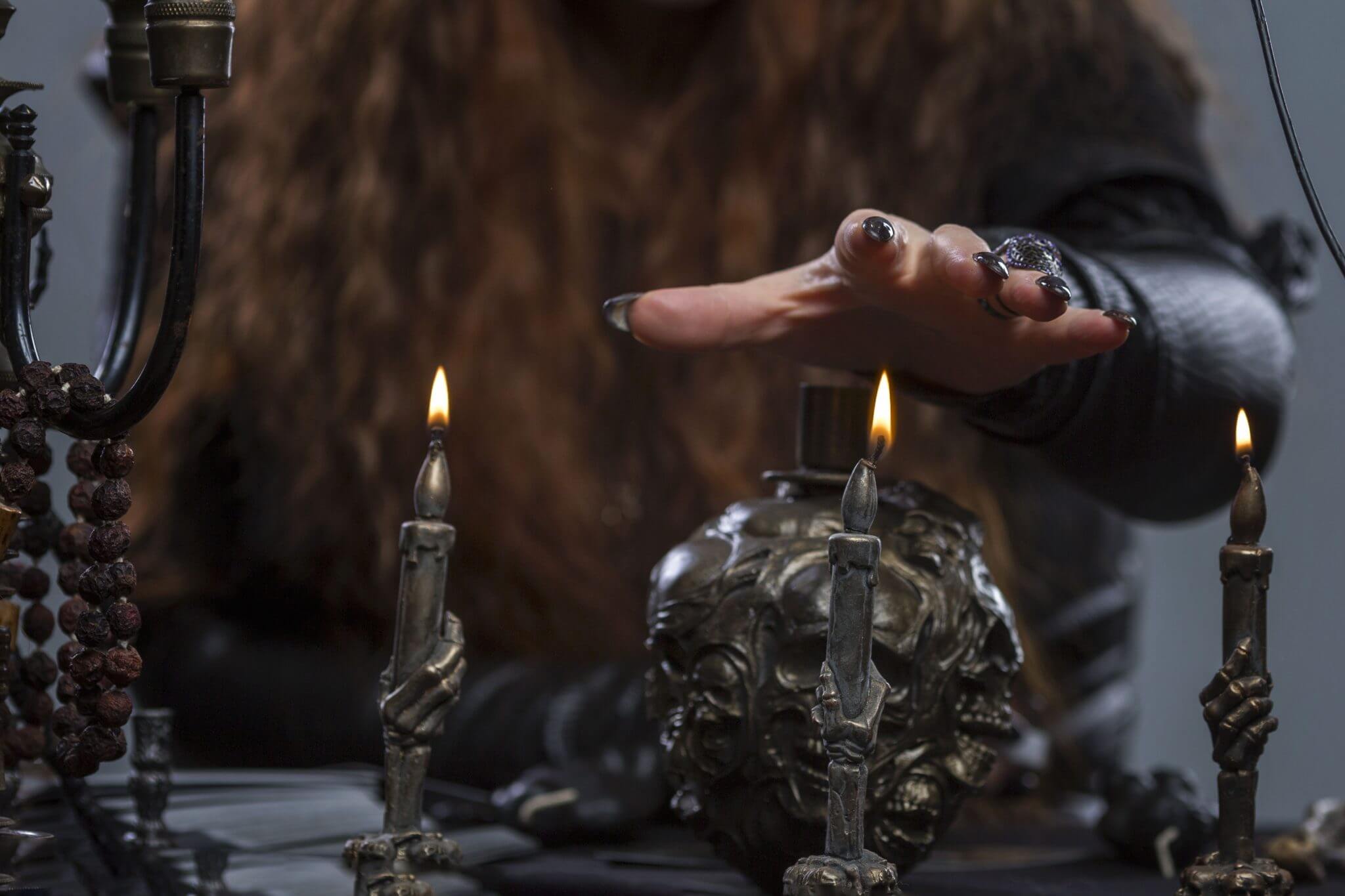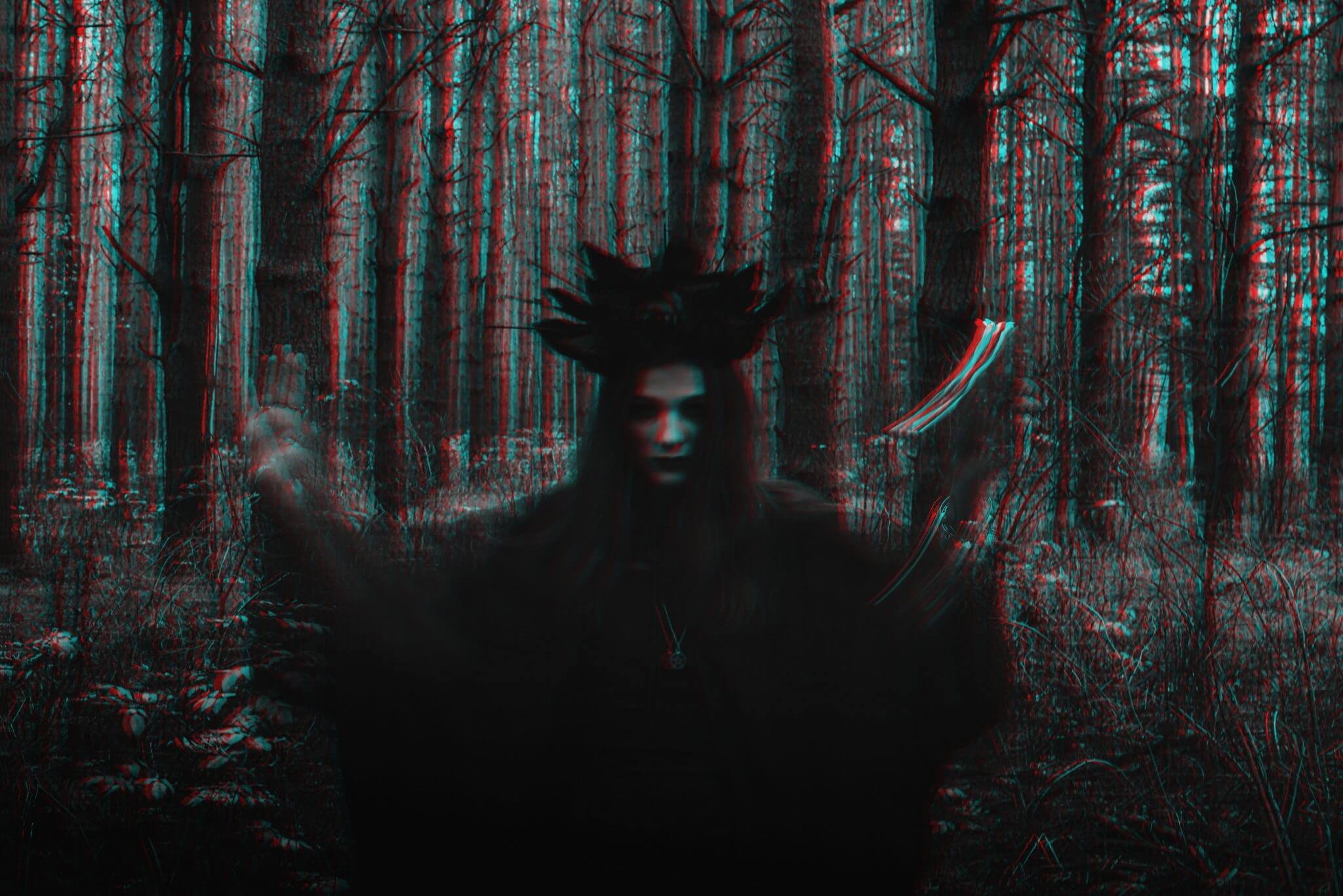How to open a circle in witchcraft when casting a magick spell
Learn how to open a circle to protect yourself and contain the energy during your magick spells and rituals.
In Wicca and other forms of witchcraft, “opening a circle” refers to the process of creating a sacred space for ritual or magic. You do so by calling upon the elements (earth, air, fire, water, and spirit) and casting a circle of energy to protect and contain the energy raised during the ritual.
Casting a circle is a common practice in many forms of witchcraft, and it serves as a protective barrier to contain and focus energy during rituals and spells.
Here is a basic process for opening a circle:
Before you open a circle
- Cleanse and prepare the space
Before you begin, cleanse the area where you will be casting your circle. You can do this by smudging with sage or incense, or by using a mixture of salt and water. This will help to clear any negative energy from the space and create a clean slate for your ritual. - Gather your tools
You will need a few basic tools to cast your circle, such as a wand or athame (a ceremonial knife), a broom, and a piece of chalk or a cord. - Ground and centre yourself
Before you begin casting the circle, take a few minutes to ground yourself. This means connecting to the earth and centering your energy. You can do this by standing with your feet firmly planted on the ground, taking a few deep breaths, and visualizing a cord of energy connecting you to the earth.
Open your Circle
- Begin casting the circle
Using your wand or athame, start at the eastern point and trace a circle around the perimeter of your space (clockwise or anti-clockwise*). As you do this, visualize a bright white light emanating from your tool and forming a barrier around the space. This will create the physical boundary of your circle. - Call the quarters
After you have traced the circle, move to the eastern point and call upon the spirit of the element of air, asking for protection and guidance. Then move clockwise to the south and call upon the spirit of the element of fire, north for the element of earth, and west for the element of water. - Raise energy
Once the circle is cast and the quarters are called, you can begin to raise energy. You can do this by chanting, singing, or using a drum. You can also use visualization techniques, such as imagining a sphere of light growing brighter and brighter within the circle.
Close the circle
- Close the circle
When your ritual or spell is complete, it is important to close the circle. This can be done by moving in the opposite direction around the circle and using your wand or athame to “cut” the circle, visualizing the energy and light dissipating as you go. If you opened the circle turning clockwise, you close it turning anti-clockwise and vice versa. - Ground yourself
When you close the circle, take a few minutes to ground yourself again. This can be done by taking deep breaths, visualizing the cord of energy connecting you to the earth, and releasing any excess energy.
It is important to keep in mind that this is a basic guide and that different traditions have different methods of casting a circle. You can adapt the process to suit your own needs and preferences. It’s also important to remember that casting a circle is a form of protection, but it is not a guarantee of safety. It’s always a good idea to trust your intuition and be aware of your surroundings.
Do you turn clockwise or anticlockwise to open your circle?*
In some traditions of Wicca and witchcraft, casting a circle is done by moving clockwise, also known as deosil. The reasoning behind this is when you move in this direction, you align yourself with the movement of the sun and the natural flow of energy in the world. You invite positive energy into the circle when moving clockwise which helps create a protective space for your ritual or magic.
However, it’s important to note that different traditions may have different customs and beliefs. If you cast a circle counterclockwise, or widdershins, you are releasing negative energy and banishing influences from the sacred space. In the end, the direction in which you cast the circle is a matter of personal preference and what feels most appropriate for your individual practice.



